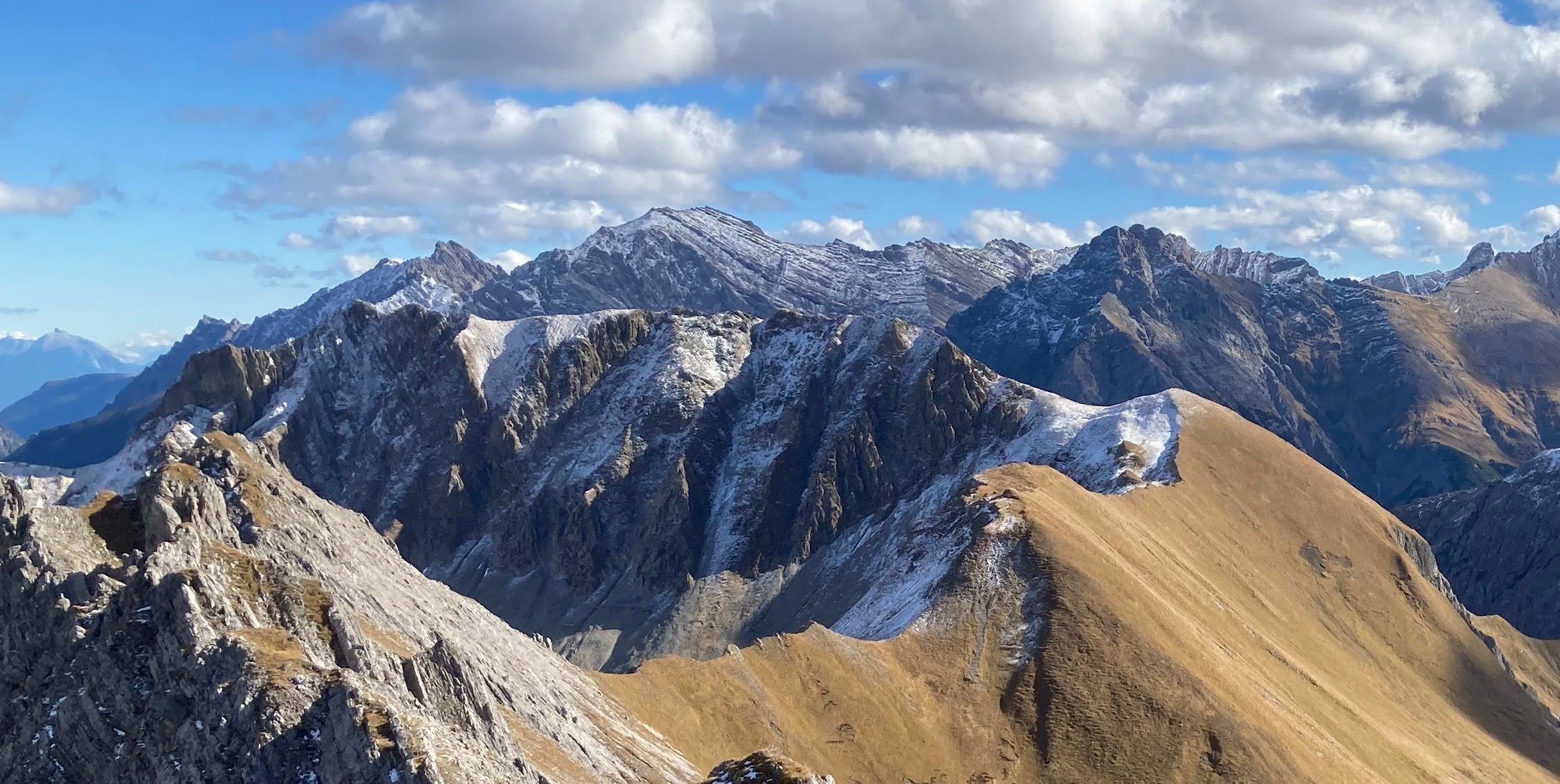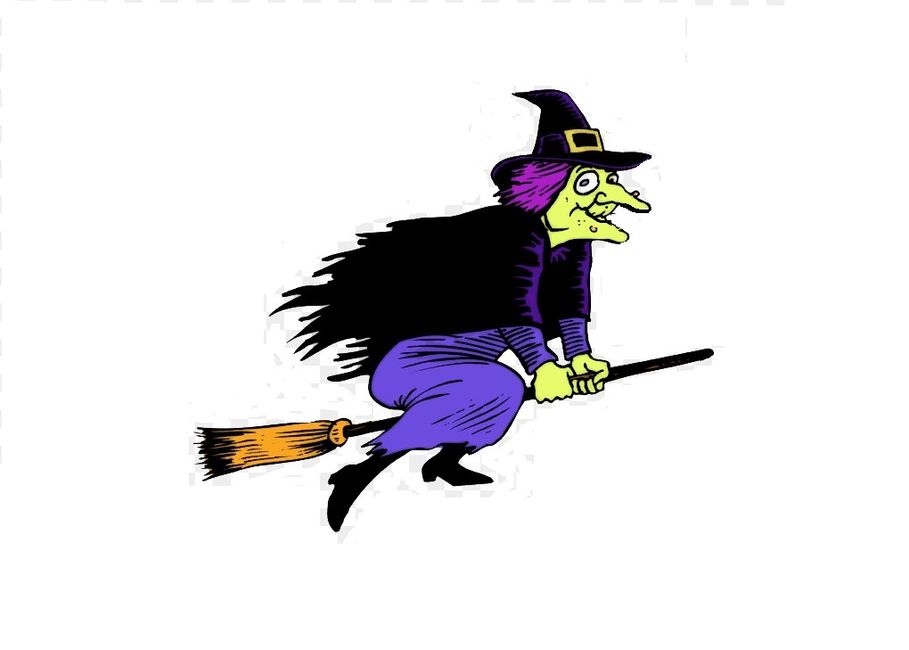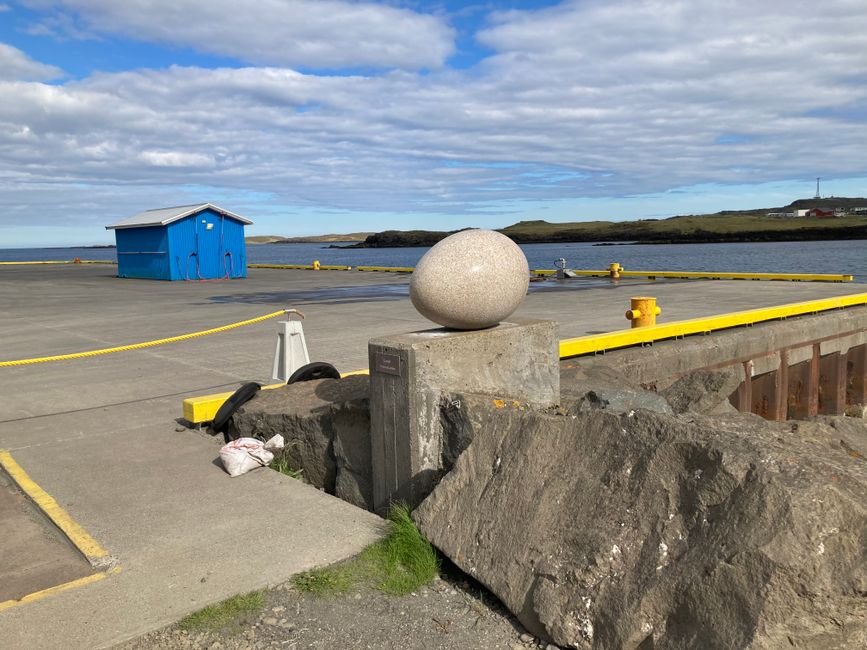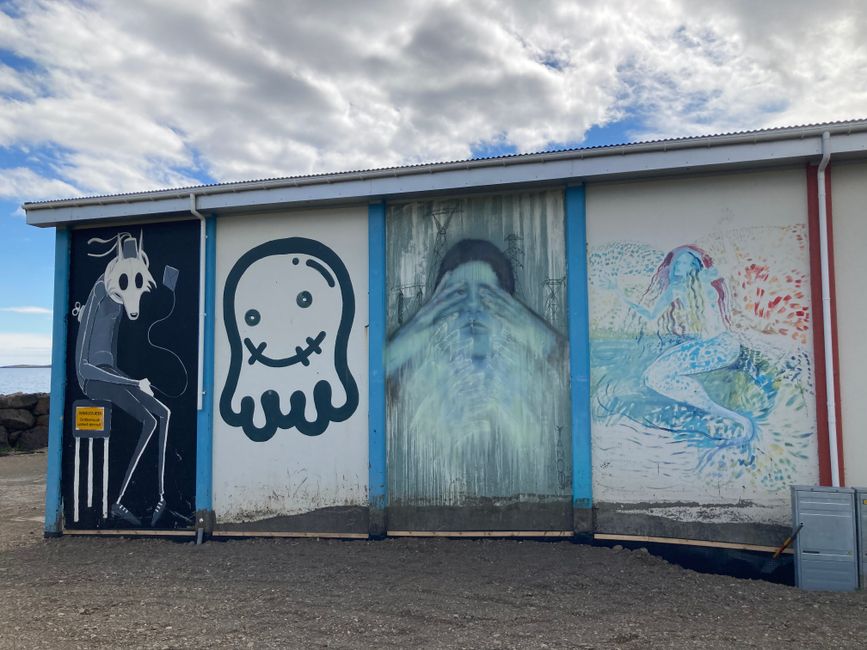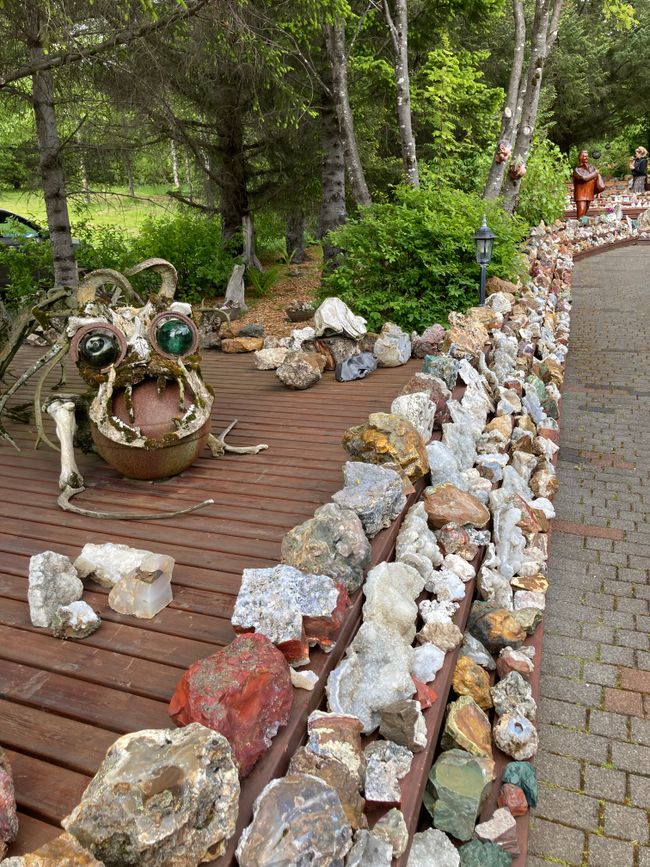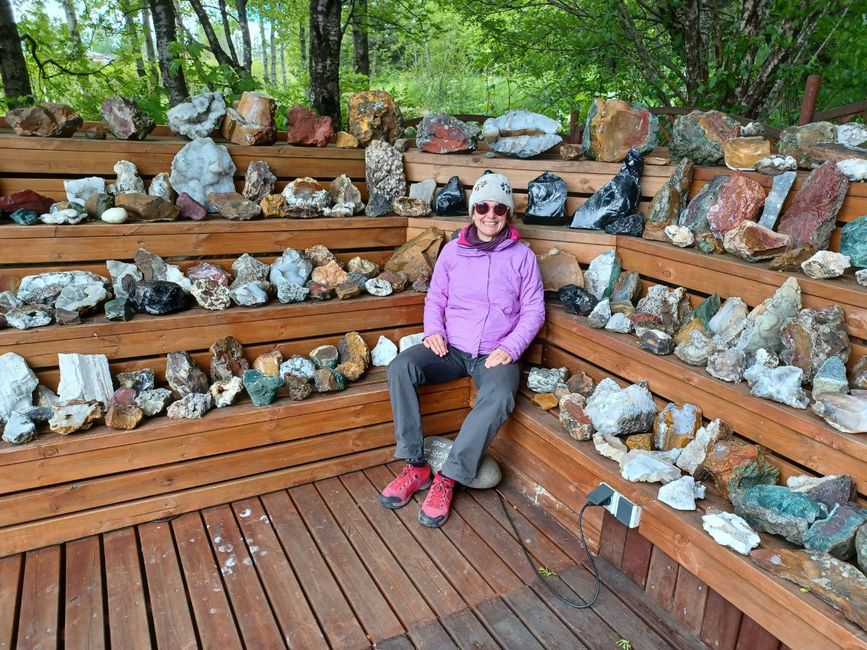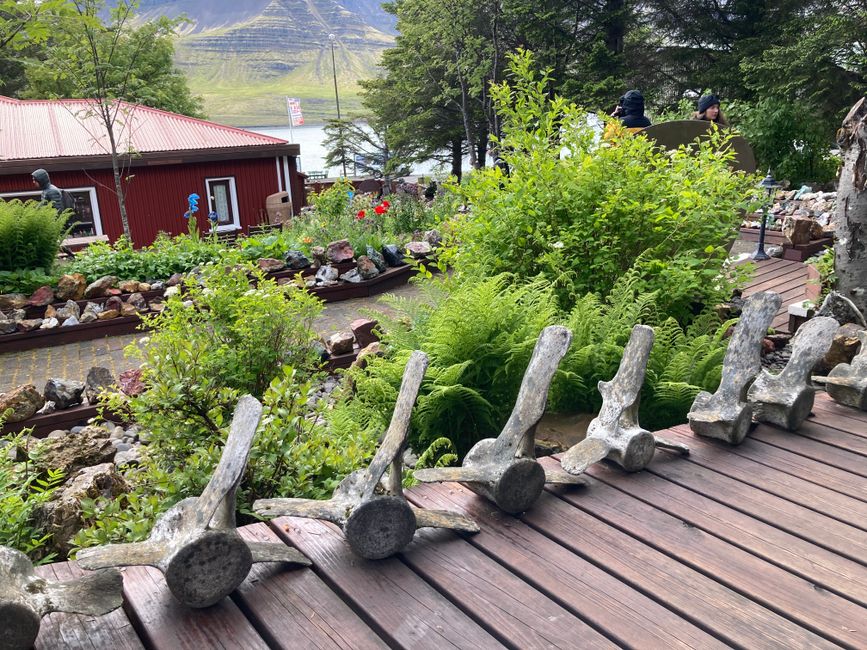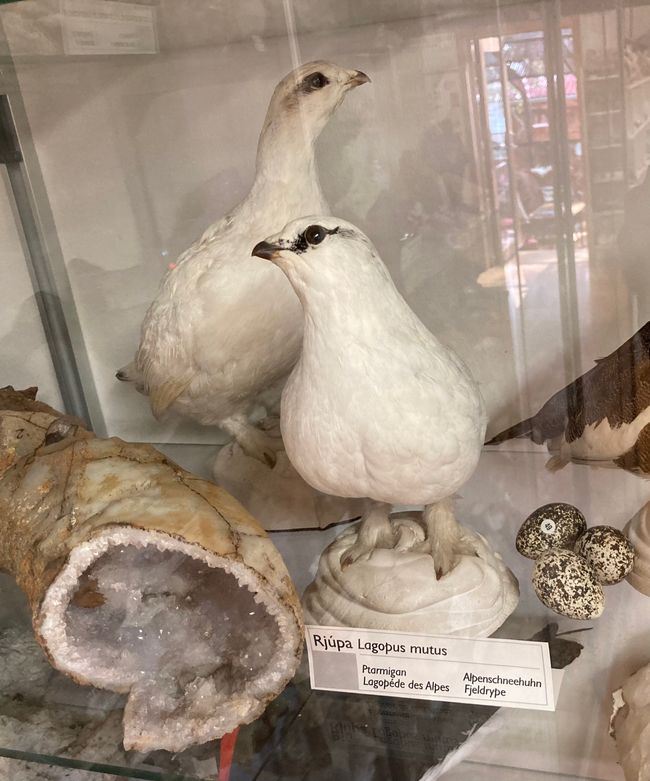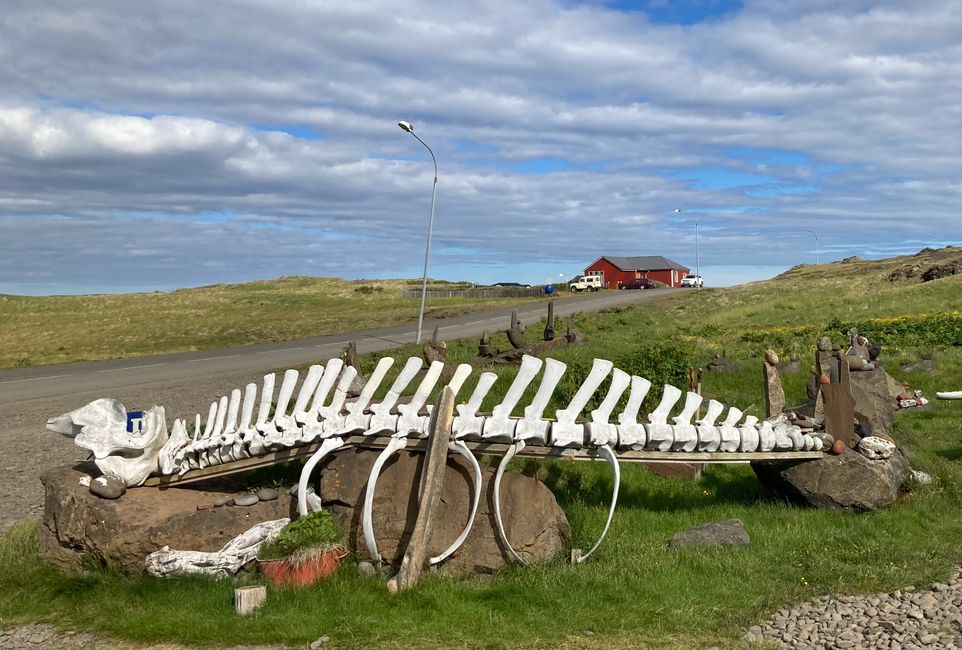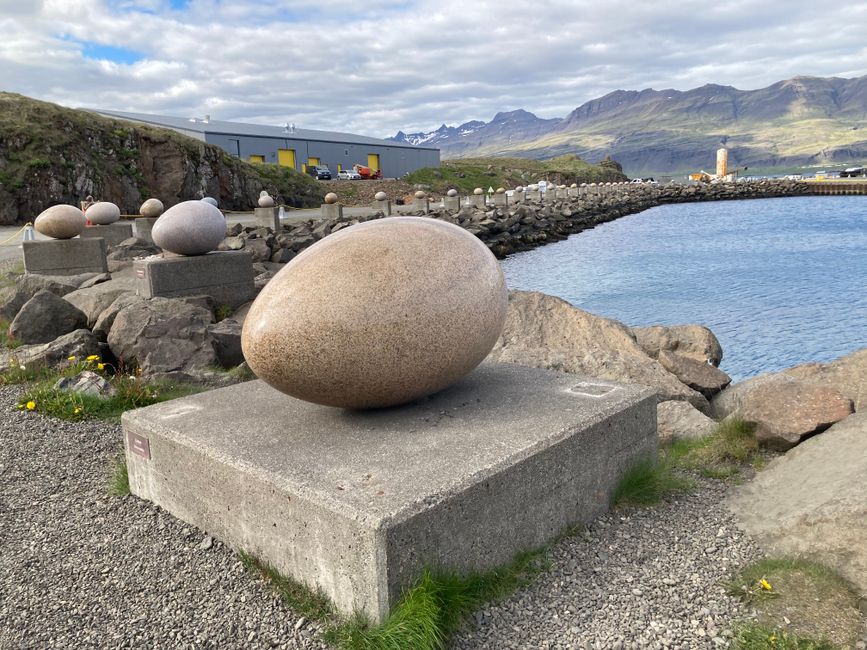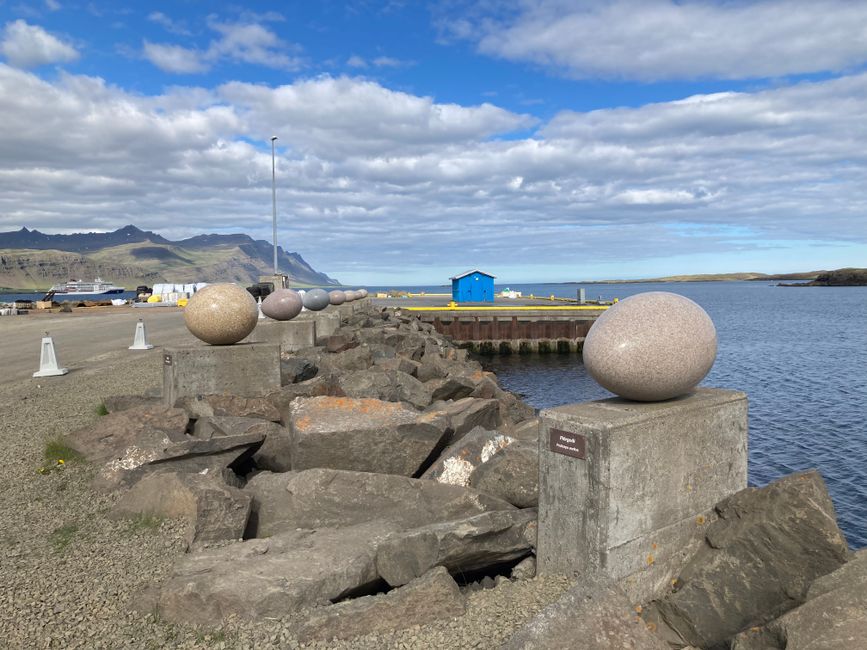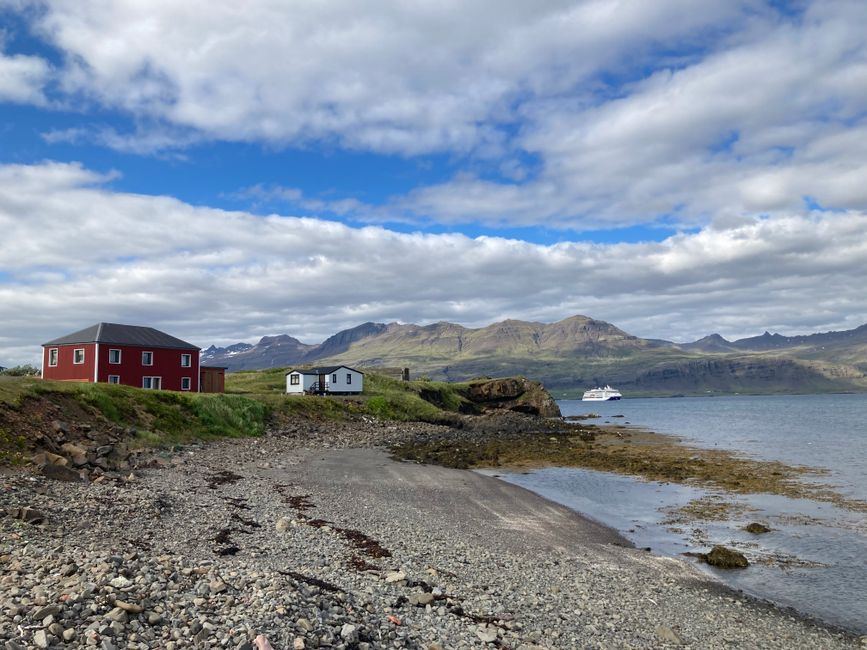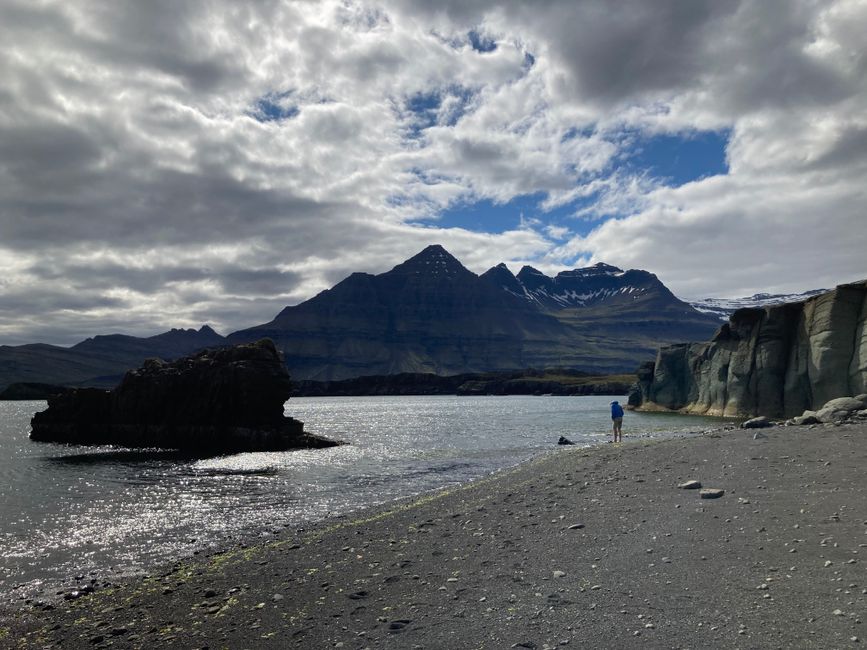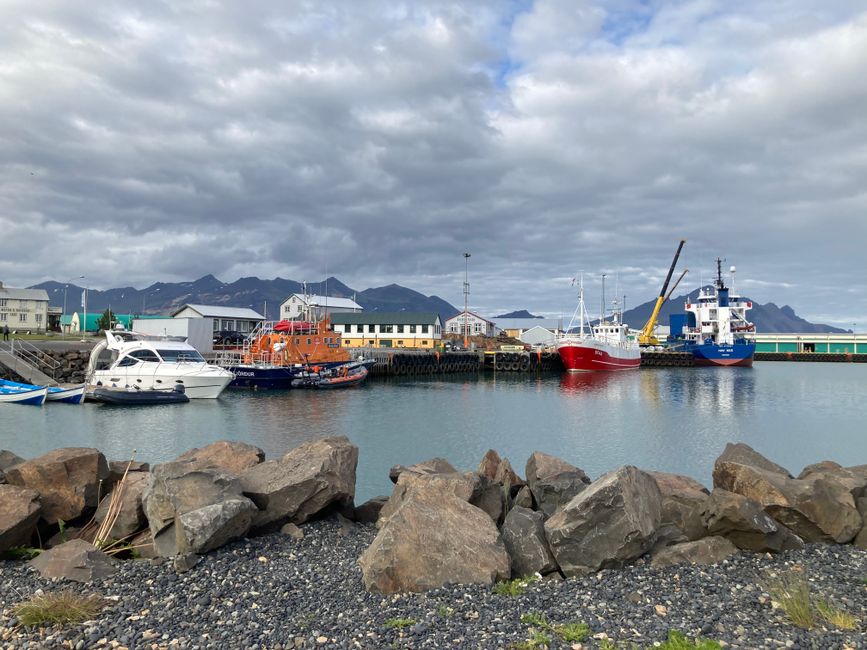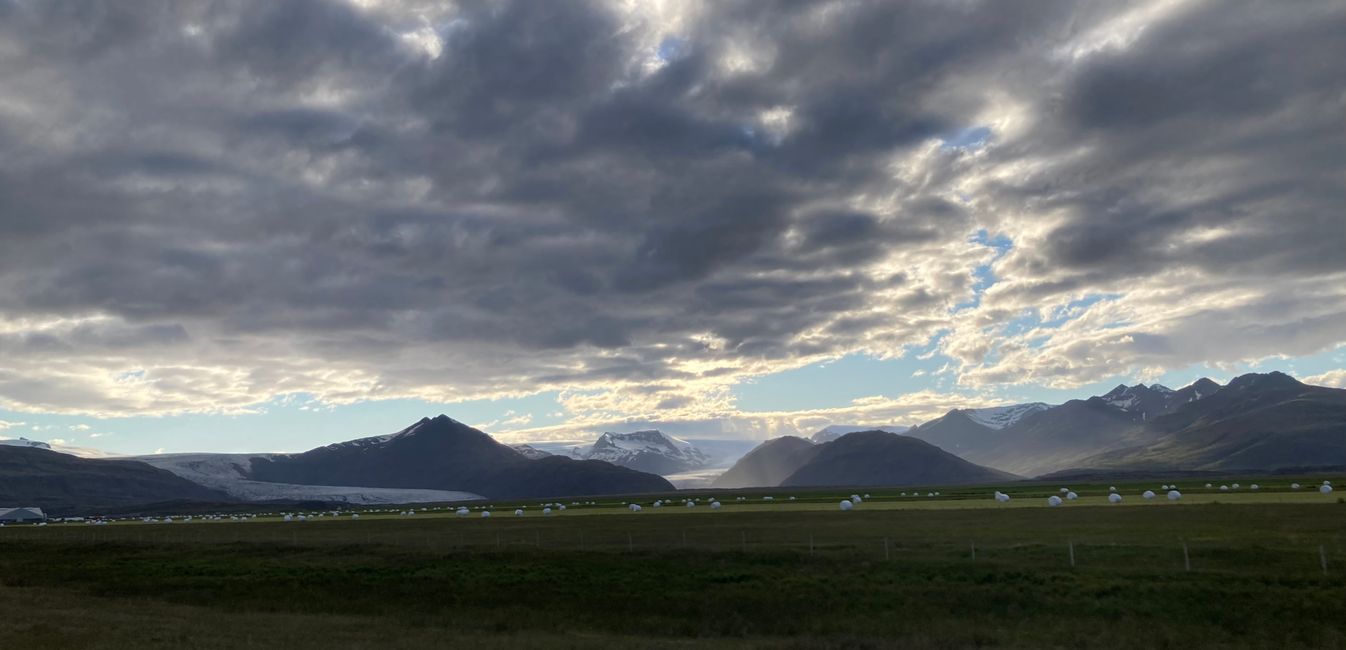Island Tag 4: finally Iceland
E hatisitsoe: 23.06.2022
Ngolisa ho Newsletter
Due to the storm, the ferry is half an hour late, we arrive in Seydisfjödur shortly before 9:00 Icelandic time (11:00 in Germany). The reverse car Tetris takes a while, we are the last ones allowed to get out.
Susanne has booked our accommodations in advance, so it's clear how far we will drive today. Contrary to our expectations, the N1 - this ring road that goes all around Iceland - is very lightly trafficked. We encounter almost as many long-distance cyclists as cars. Well, not quite, but surprisingly many cyclists are on the road and surprisingly few cars.
We can't stop at all the points of interest, too much lies on the route. In addition, we can't stop being amazed by this fantastic landscape: heaps of rubble in brown, gray, red, turquoise, yellow, and white are offered, bizarre rock formations, and in the end, gigantic glaciers.
We limit ourselves to two places and visit the artist's shed in Stödvarfjördur, which used to be a fish factory, and the stone collection of an Icelandic woman named Petra who died in 2012. Her four children now operate it as a museum, as well as the 34 oversized bird eggs at the port of Djupivogur. The eggs are made of granite and represent the 34 most important native bird species, from greylag geese to puffins and falcons.
Susanne read in her book "Glücksorte Reiseführer" that you can eat crab and lobster very well in Höfn. She wants to go to the restaurant Pakkhusid, where fish used to be packed for export. We are lucky and get a table in the crowded restaurant even without a reservation - and each get a plate full of langoustines (= kaiser prawns scampi), which are difficult to eat but super delicious.
Thirty minutes later, we reach our accommodation Smyrlabjorg, something between a farmhouse and a country hotel, in any case, a bed without rocking and a bathroom without handrails.
Ngolisa ho Newsletter
Araba
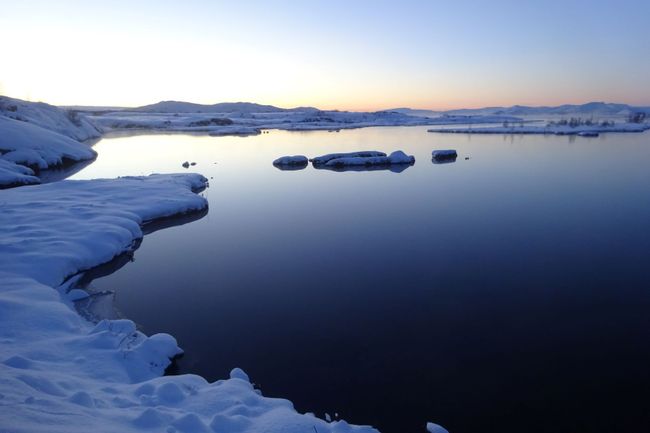
Litlaleho tsa maeto Iceland
